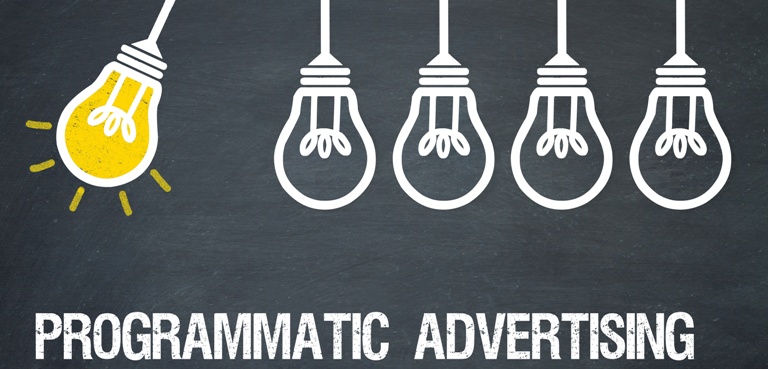In this day and age where customers spend a significant amount of time on the internet, digital advertising plays a vital role in the success of a business. It helps business people reach a wide range of audiences, build their brands, and generate better revenues.
But while digital advertising is an excellent way to grow a business, this process requires considerable manual work. Take digital ad buying and retargeting as an example; they can be challenging and time-consuming.
But the good news is that programmatic advertising can help you automate media buying and retargeting to streamline business operations. Programmatic advertising is the method of using automated technology to buy and sell online advertisements.
This process offers businesses an efficient way to purchase impressions across several networks and websites to reach target customers who are most likely to engage with your brand.
Accordingly, if you plan to start using this process to launch hyper-targeted campaigns, read the valuable tips below to ensure the success of your programmatic advertising.

4 Tips To Start Your Programmatic Advertising Campaign
1. Set Advertising Goals
When developing a programmatic advertising campaign strategy, you should first establish clear programmatic advertising goals. Setting campaign goals can help you achieve your overall business objectives.
In particular, it can help you improve brand awareness, customer engagement, and profitability. Ideally, when creating a programmatic advertising campaign goal, you should state it in a single, brief sentence. Also, note that each campaign goal should be specific, measurable, achievable, realistic, and time-bound (SMART).
Typically, when setting goals, your advertising campaign goals should include improving brand awareness, increasing website traffic, boosting engagement, and generating more leads.
Moreover, whatever programmatic advertising campaign goal you have, you should back up your programmatic advertising campaign strategy with solid research to ensure you achieve your objectives.
2. Know Your Target Audience
Your programmatic advertising strategy is incomplete without having a deeper understanding of your target audience. Defining your audience is imperative to creating engaging advertising campaigns, improving brand loyalty, and boosting sales.
Accordingly, when identifying your target audience, an effective way is to ask yourself a few questions regarding your customer base.
The questions should include what makes your business unique, your best-selling product or service, and what benefits customers can get from your product or service.
Apart from that, you can also use social media analytics tools to help you identify the types of people engaging with your business across various social media platforms.
Gathering information like their age group, locations, and the time they most engage with your content can help you effectively tailor your advertising campaign to your target audience.

3. Choose The Right Demand-Side Platform
A demand-side platform (DSP) is an advertising tool that digital marketers use to buy digital ad inventory, such as in-stream video, mobile ads on apps, and banner ads on websites.
With the DSP in programmatic advertising, businesses can deliver data-driven and personalized campaigns, leading to improved engagement and conversions.
They can also use this tool for retargeting or re-engaging loyal and lapsed customers to improve lifetime value and nurture customer relationships.
Accordingly, when deciding what DSP to use for your programmatic advertising campaign, you should choose a tool that meets your advertising campaign goals.
In addition to that, you should also consider a few essential factors when selecting the right DPS. These factors include the platform’s costs, efficiency, reach, support offerings, and targeting capabilities.
4. Track Your Ad Campaign
Ad tracking is a crucial part of digital marketing that allows you to optimize your advertising budget and measure the response to each ad campaign. Moreover, tracking your ad campaign helps you understand your audience better and deliver a more personalized ad experience.
Notably, you should track valuable metrics such as return on advertising spend (ROAS), website traffic, click-through rate (CTR), cost-per-click (CPC), and sales conversion rates.
Furthermore, there are many options you can use that help you track ad performance. Namely, you can use cookies, tracking uniform resource locator (URL), and tracking pixels. But considering that you’re running a programmatic advertising campaign, you can use your DSP or demand-side platform to track your ad campaign. The platform has a reporting dashboard that helps you track ad effectiveness, including CPC, CTR, conversions, impressions, and ad spends.
Conclusion
Programmatic advertising allows marketers to target customers across several advertising channels, including display ads, video ads, and social media ads.
With programmatic advertising, you can target ads based on various factors, including geographic area, income level, age, gender, online behavior, and purchasing habits.
Consequently, these factors enable you to narrow down the best-performing demographic data, placements, and ad copy to improve your ad campaigns. If it’s your first time running a programmatic ad campaign, you can consider the tips above to help you succeed with programmatic advertising.






